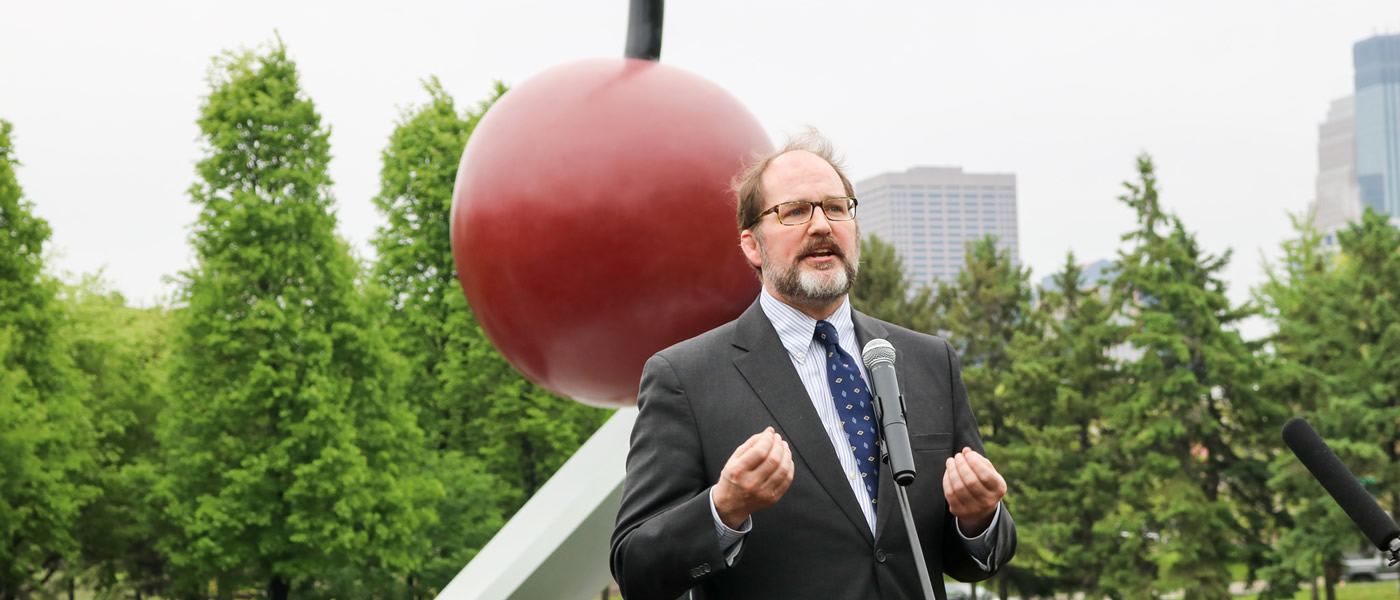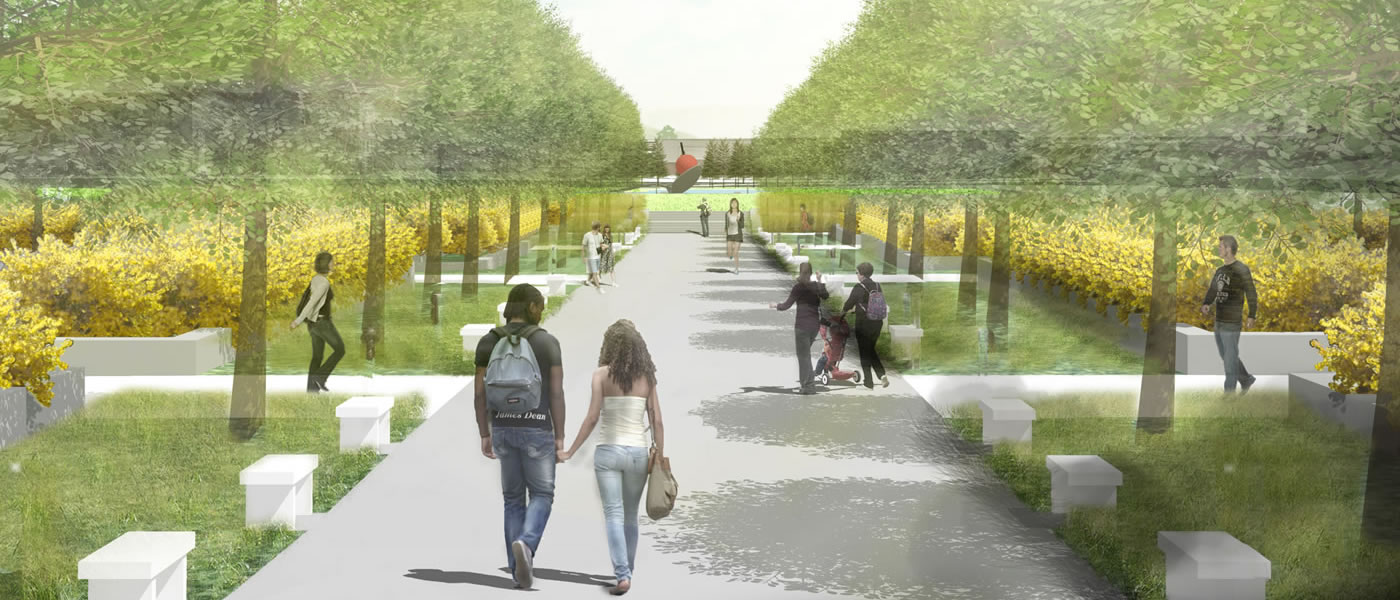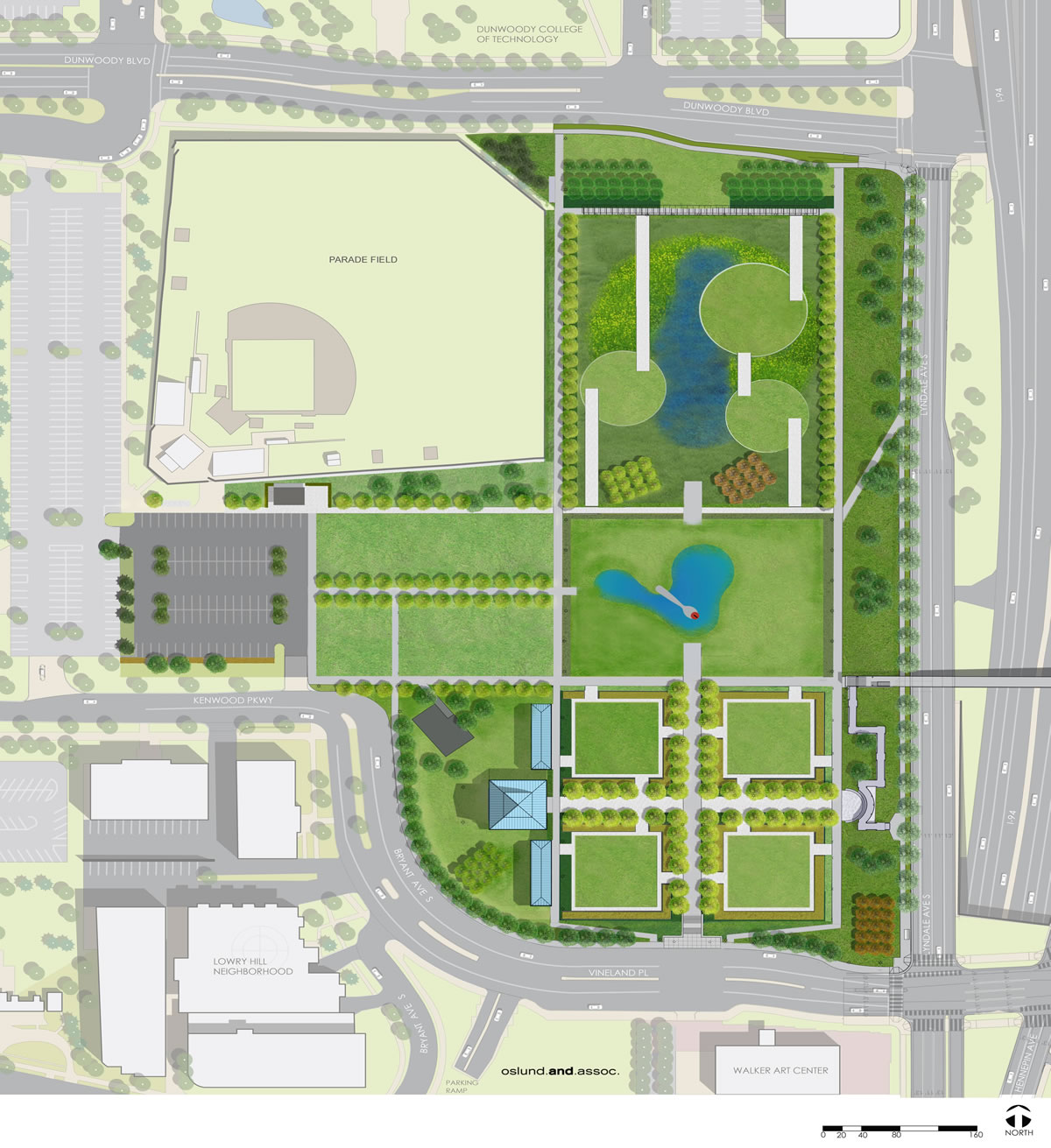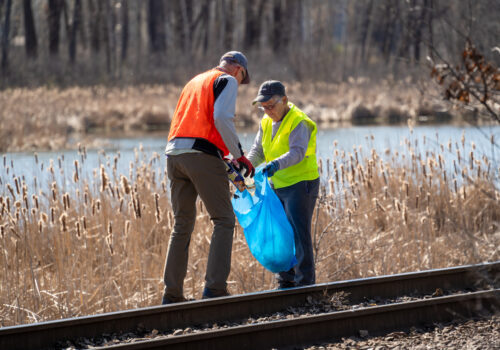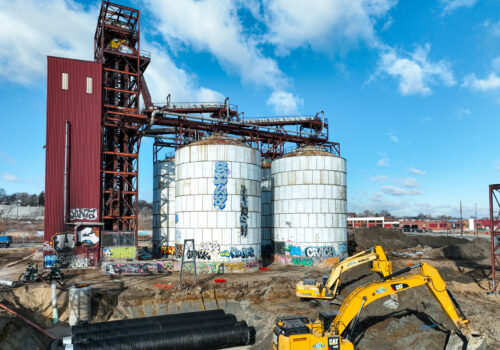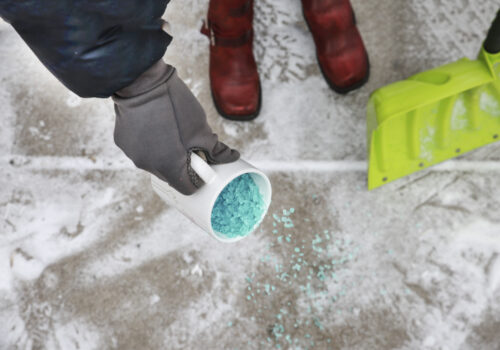News / May 12, 2016
Breaking Ground on the New, Eco-Friendly Sculpture Garden

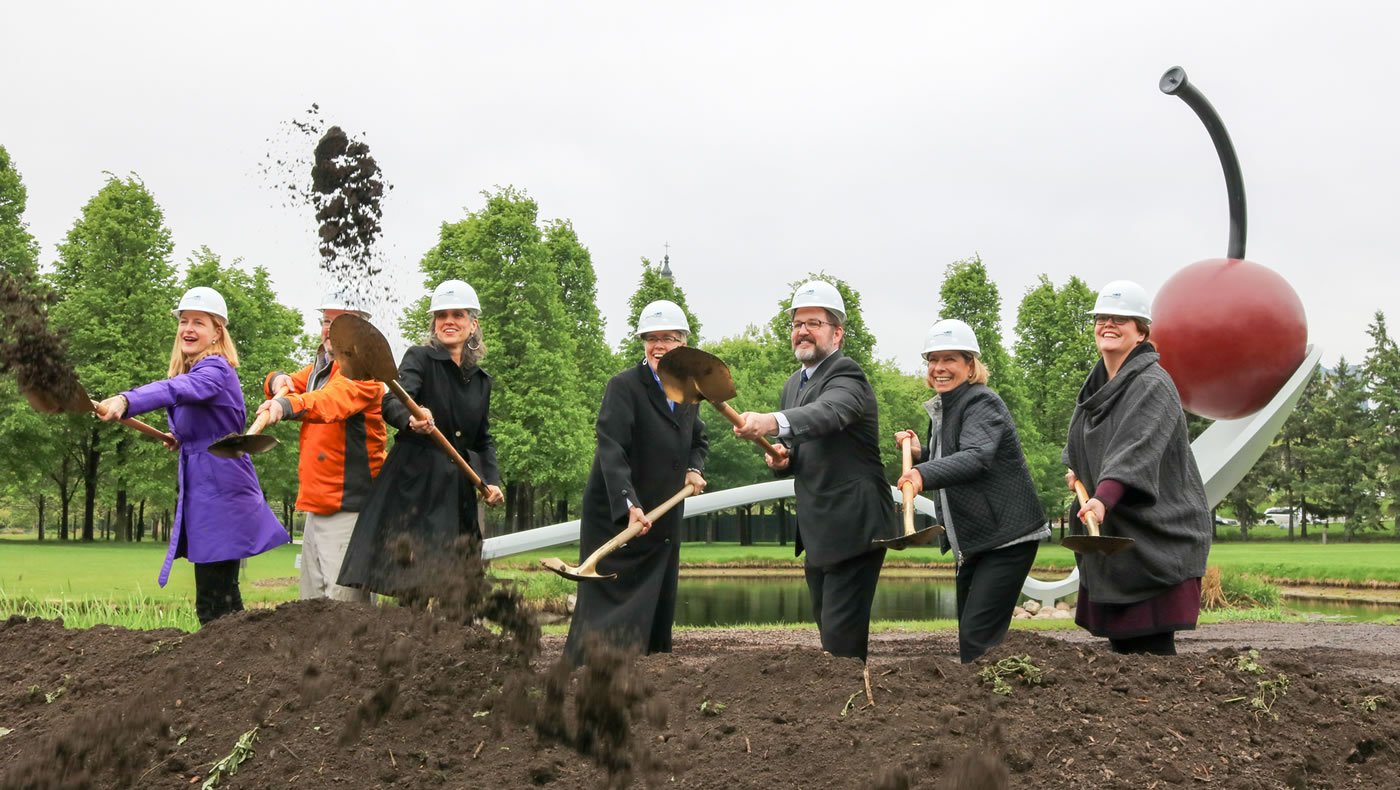
There is much to celebrate about the Minneapolis Sculpture Garden’s $10 million reconstruction. The project, which kicked off in a groundbreaking ceremony this week, will breathe new life into one of Minnesota’s most iconic and cherished landmarks. If the concept art is any indicator, visitors to the reopened garden in 2017 are in for a visual treat — a landscape bursting with colors, new spaces to explore, upgraded facilities and even some exciting new sculptures.
But the sculpture garden’s transformation will be more than skin-deep. In fact, it will restore ecological balance to one of the state’s most visited places, creating a sustainable landscape that protects water quality in the Mississippi River and provides new native habitat.
To explain how, first it’s important to understand why the reconstruction is necessary. The sculpture garden was essentially built on the site of a former wetland. Nine million visitors and 28 years of Minnesota weather have pushed these wetland soils to their limit, and the once-lush garden is now littered with dead spots, erosion and increasingly hard-to-maintain landscaping.

The reconstructed sculpture garden will be different. The new landscaping has been designed in a way that embraces the site’s natural hydrology. The new “fresh meadow,” filled with deep-rooted native plants (see the illustration below), will absorb stormwater runoff while providing an attractive visual locus on the garden’s north end. Meanwhile, throughout the rest of the garden, “enhanced turf” — turfgrass with a specially engineered, sandy subsoil — will increase stability while also providing better drainage.
Stormwater runoff — frequently a source of pollution in urban areas — will become a resource for the sculpture garden. An 80,000-gallon underground cistern will hold captured stormwater runoff and excess water from the famous Spoonbridge and Cherry sculpture. From there, it can be pumped throughout the site to water the sculpture garden’s landscaping as well as the adjacent baseball field. This water reuse system is designed to meet nearly all of the site’s irrigation needs, reusing approximately 4.7 million gallons each year that would otherwise have gone into stormsewers.
The MWMO, in collaboration with the Minneapolis Park and Recreation Board and the Walker Art Center, has invested $1.5 million to fund these new sustainable upgrades — in part for the environmental benefits, but also for the educational opportunity it represents. Each year, hundreds of thousands of visitors will be able to observe the sculpture garden’s eco-friendly landscape features.
After it opened in 1988, one critic declared the Minneapolis Sculpture Garden “the finest new outdoor space in the country for displaying sculpture.” When it reopens in 2017, it just might also be the most sustainable.
Learn More
(Header image courtesy oslund.and.assoc)
